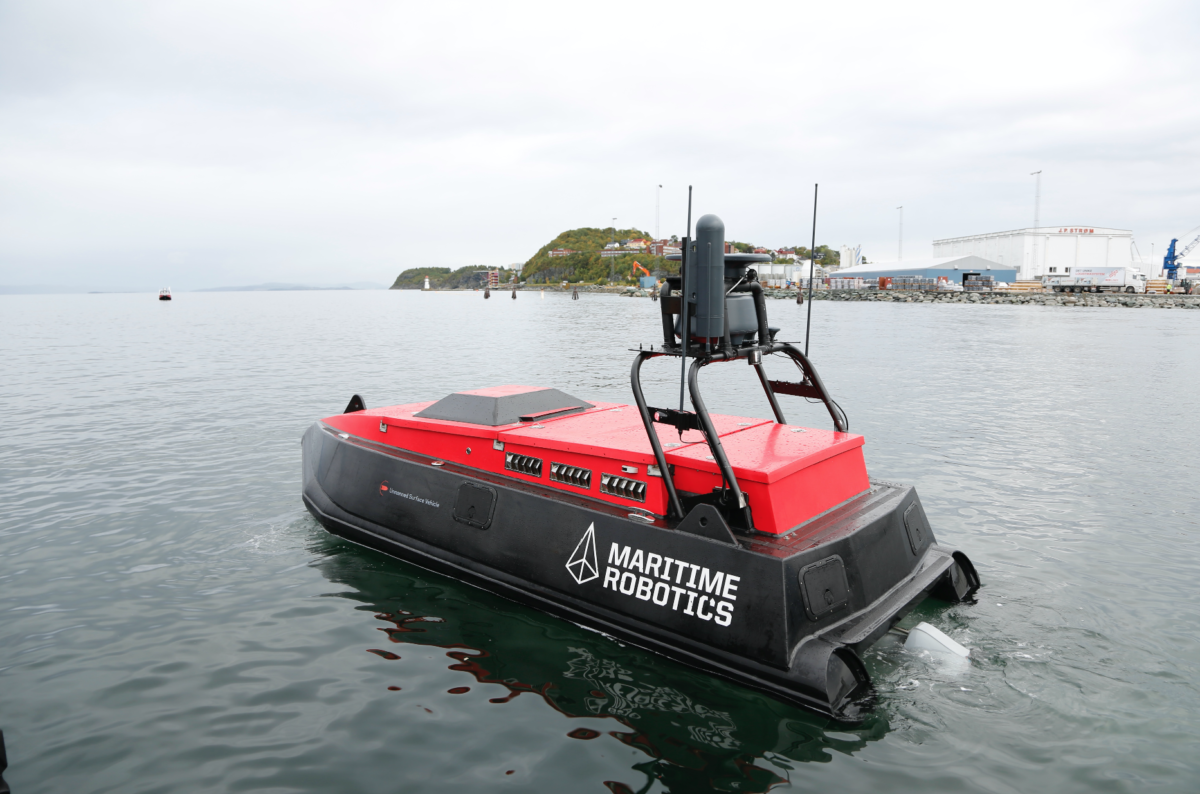
In order to improve ship standards, the International Group of P&I Clubs has said it will continue to conduct survey triggers for seagoing vessels of 10 years of age or more carrying heavy fuel oil cargoes.
As a result, all sea-going vessels that are 10 years old or more and have carried heavy fuel oil as cargo within the previous 12 months will be subject to condition survey, unless:
– The vessel has undergone a P&I club condition survey during the previous 12 months.
– The vessel has undergone a Special Survey during the previous 6 months.
– The vessel has a valid Condition Assessment Program (CAP) rating of 1 or 2 with a classification society having membership in the International Association of Classification Societies (IACS).
Operators should have in mind that a declaration is now required so that Continue reading “Ships carrying heavy fuel oil cargoes subject to ongoing condition surveys”










